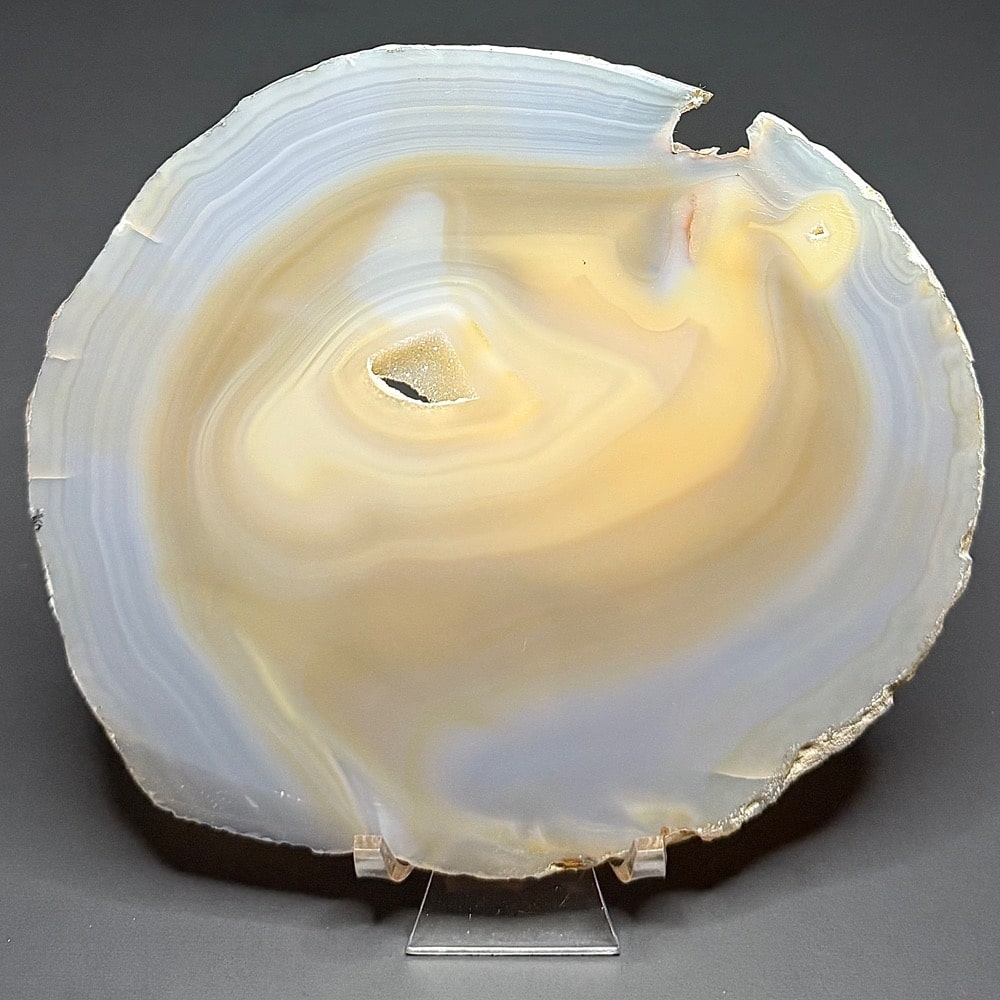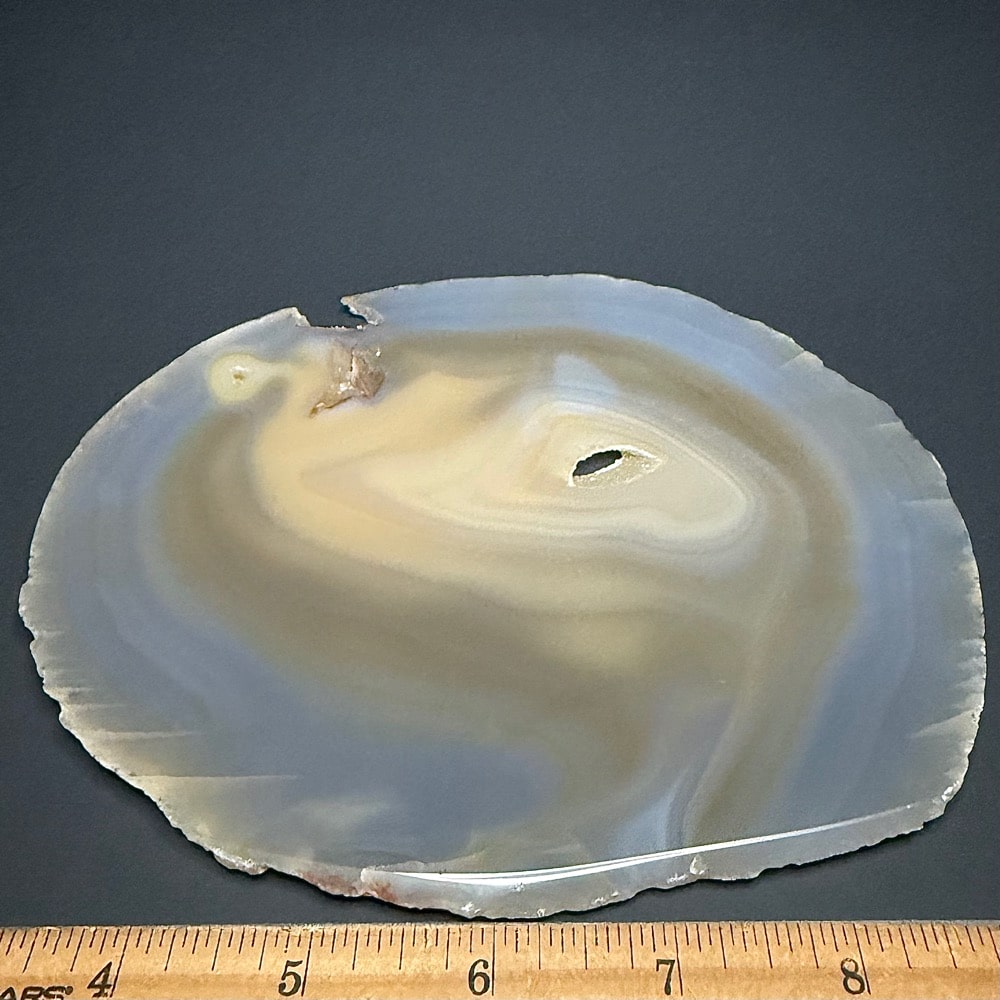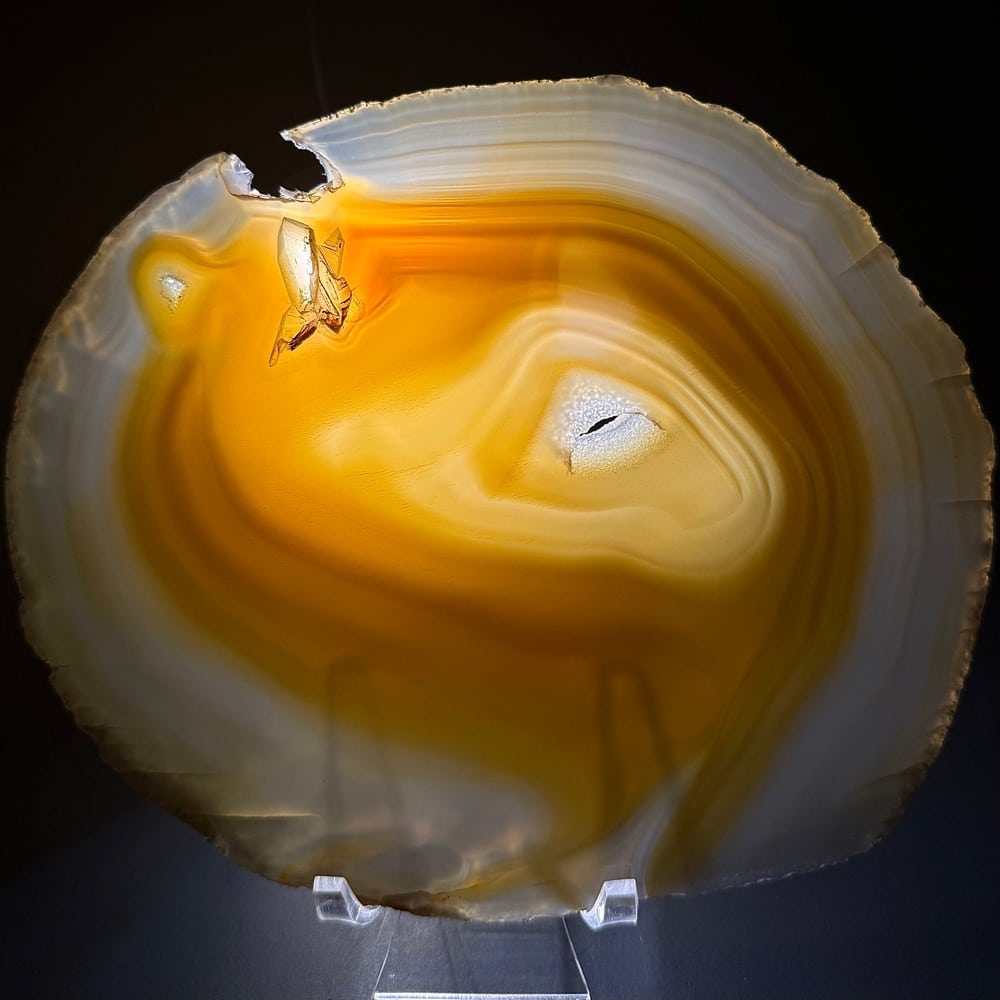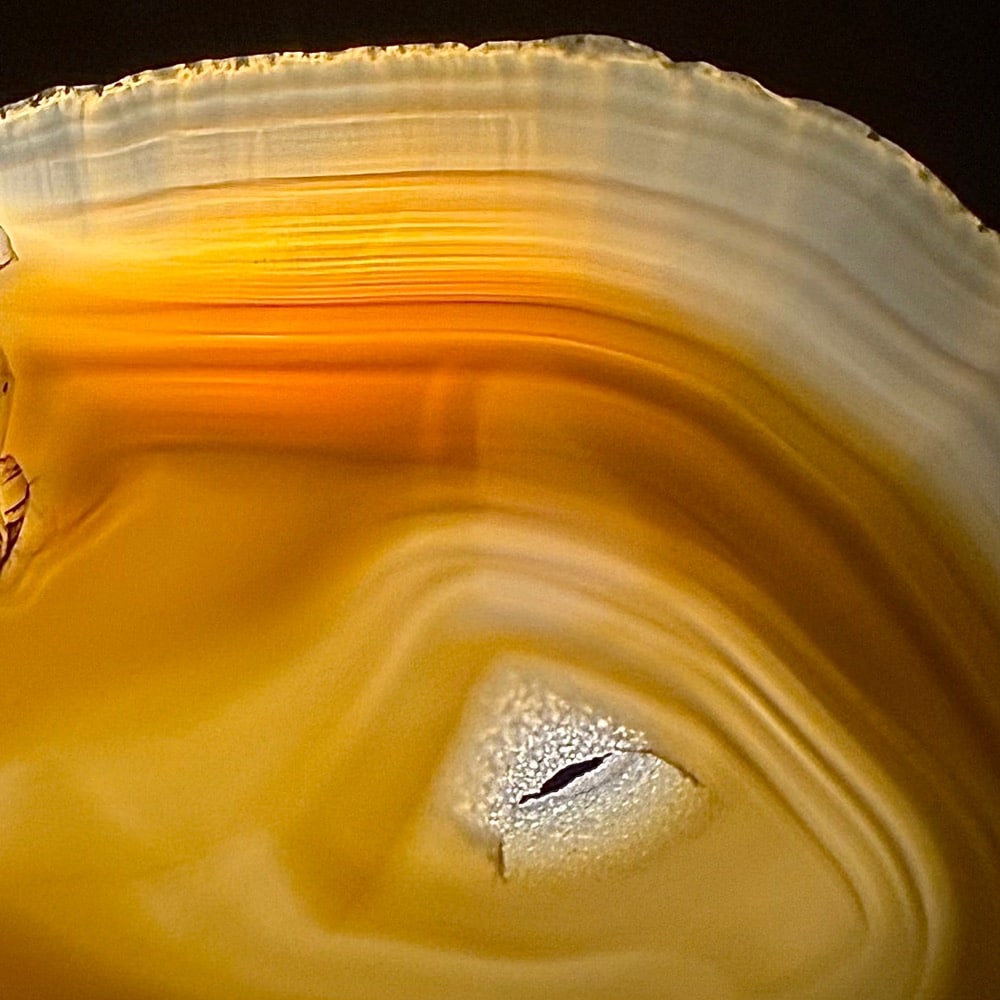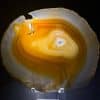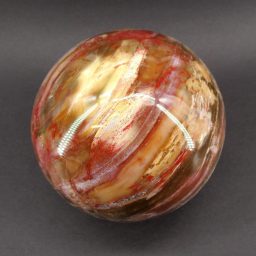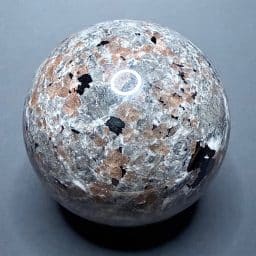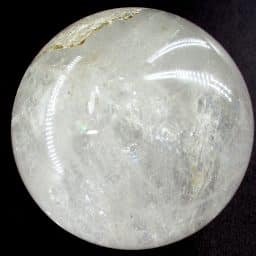Description
Brazilian Agate is a semi-precious gemstone found in Brazil. It is a variety of chalcedony, a mineral in the quartz family, and is known for its distinctive, multicolored banding patterns that can range from white to various shades of brown, red, blue, green, and yellow. These gemstones originate from the southern region of Brazil, specifically around Rio Grande do Sul, and their formation is linked to volcanic activity from the late Permian age.
Agates mostly occur as nodules in volcanic rocks or waters containing silica in solution possibly derived from the decomposition of silicates in the lava. The siliceous matter is deposited in regular layers resulting in a banded or striped formation.
